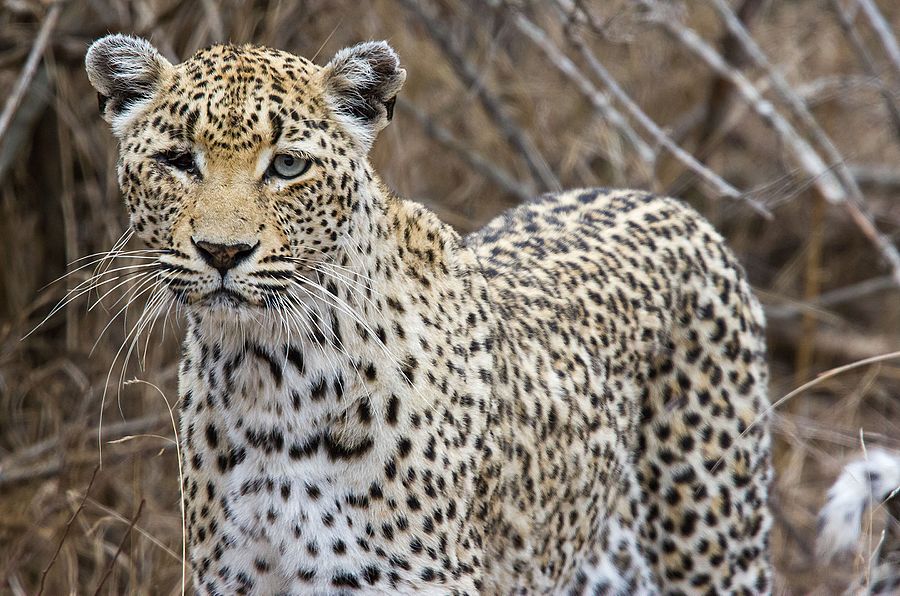Facts About Leopard
Leopards, belonging to the Felidae family and the genus Panthera, are among the five big cats in this group. They inhabit sub-Saharan Africa, parts of Central Asia, the Indian subcontinent, Southeast Asia, and East Asia. Unfortunately, their numbers are dwindling due to habitat loss, fragmentation, and illegal hunting. Consequently, leopards are classified as Vulnerable on the IUCN Red List.
What distinguishes leopards is their remarkable adaptability to diverse habitats, opportunistic hunting style, and varied diet. They bear a close resemblance to jaguars but are smaller and characterized by distinct rosettes on their fur. Some leopards, known as black panthers, possess a melanistic coat. The rosette patterns on their fur are unique and vary among different populations.
The name "leopard" derives from Latin and Ancient Greek, while "Panthera" originates from Latin. In the wild, leopards have a lifespan of around 12 to 17 years, with the oldest recorded leopard reaching 24 years. They lead solitary lives and are highly territorial, with males typically being larger than females.
Leopards are nocturnal hunters, relying on their acute senses of hearing and vision to track prey. Their diet is quite diverse, though they primarily target medium-sized animals, preferring ungulates and primates. They often drag their kills into trees to protect them from scavengers. Leopards face competition and threats from other large predators such as tigers, lions, hyenas, and crocodiles, depending on the region.
Leopard mating behaviors vary by region, but generally, they mate throughout the year. Female leopards give birth to 2-4 cubs, who remain with their mother for 18-24 months. Throughout history, leopards have been depicted in art, mythology, and folklore, symbolizing power and exoticism in many cultures.
Leopards are a major attraction for wildlife tourism, with safaris offering the chance to observe these elusive cats in their natural environment. However, due to their secretive nature and excellent camouflage, sighting a leopard is rare. On occasion, leopards may attack humans, particularly if they are injured or struggling to find food, leading to incidents of man-eating leopards.

 Armenia
Armenia